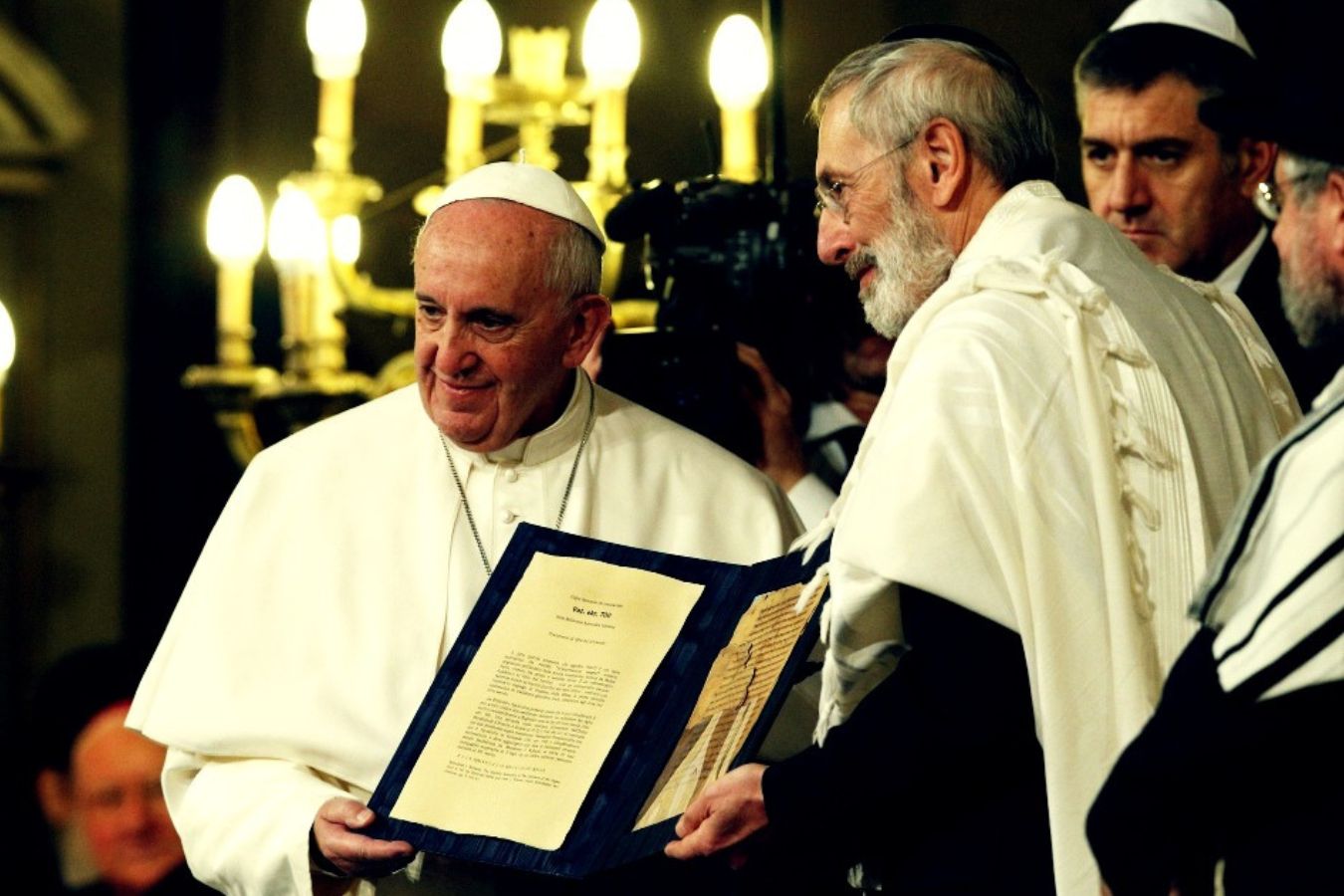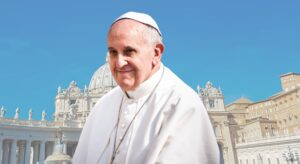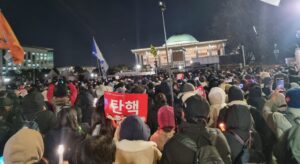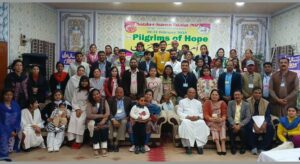Nostra Aetate: An Asian Re-Reading After Fifty Years and the Way Forward
- Fr. Felix Wilfred

- Introduction: Nostra Aetate and the Call for Interreligious Dialogue
Fr. Felix Wilfred’s FABC paper, “Nostra Aetate of Vatican II: An Asian Re-Reading After Fifty Years and the Way Forward,” delves into the enduring relevance of Nostra Aetate (In Our Time) from a distinctly Asian perspective. This Second Vatican Council declaration, promulgated in 1965, marked a watershed moment for the Catholic Church’s relationship with non-Christian religions. Wilfred’s work, written five decades later, critically examines Nostra Aetate’s continuing importance within the rich tapestry of Asian religious traditions and cultures.
The Centrality of Nostra Aetate: A Foundation for Interfaith Understanding
Prior to the Second Vatican Council, the Catholic Church held a dominant position in much of the Western world. This historical context shaped the Church’s self-understanding, often positioning it as the sole holder of truth and the path to salvation. This perspective limited engagement with other religions, fostering a sense of superiority and even suspicion towards them.
Nostra Aetate marked a dramatic shift in this stance. The declaration acknowledged the inherent dignity of all people, regardless of their religious affiliation. It recognized the value found in the diverse ways humanity seeks the divine. This wasn’t simply a matter of tolerance; Nostra Aetate called for a more active engagement – dialogue built on mutual respect and understanding.
The declaration highlighted several key themes that continue to be foundational for interfaith understanding:
- Shared Humanity: Nostra Aetate emphasizes our common ground as human beings created by God. This shared humanity transcends religious differences and forms the basis for respectful dialogue.
- Value of Religious Traditions: The document recognizes the value inherent in various religious traditions. These traditions offer wisdom, ethical guidance, and pathways to the divine, enriching the human experience.
- Importance of Dialogue: Nostra Aetate calls for ongoing dialogue between the Catholic Church and other religions. This dialogue is not simply about theological debates; it involves a sincere effort to understand each other’s beliefs and practices.
- Working Towards Peace and Justice: The declaration emphasizes the shared responsibility of religions to promote peace and social justice in the world. Religious communities, working together, can be powerful forces for good in addressing global challenges.
Nostra Aetate’s impact extended far beyond the Catholic Church. It inspired similar pronouncements from other Christian denominations and set the stage for a more open and respectful dialogue between religions around the world.
An Asian Re-Reading: Re-interpreting Nostra Aetate through Asian Lenses
Fr. Felix Wilfred contends that a purely Western interpretation of Nostra Aetate may not fully address the unique realities of Asia. Asia, a continent known for its remarkable religious pluralism, presents a valuable context through which to re-interpret the declaration’s message. Here, Christianity finds itself amidst a multitude of established traditions, including Hinduism, Buddhism, Islam, Confucianism, and Daoism. These traditions have co-existed and interacted for centuries, shaping a unique Asian understanding of the religious landscape.
For example, some Asian traditions emphasize a monistic view of reality, where the divine is not separate from the world but interwoven within it. This differs from the Western Christian concept of a transcendent God. Additionally, many Asian religions have a rich tradition of mystical experiences and contemplative practices. These may offer alternative pathways to understanding the divine compared to the more intellectual theological approaches dominant in the West.
This Asian context necessitates an Asian theological approach to interreligious dialogue. Western theological frameworks, developed in predominantly Christian societies, may not fully capture the nuances of Asian religious experiences. Asian theologians, therefore, have a crucial role to play in developing theological perspectives that resonate with their specific contexts. Such an approach can enrich the global conversation on interfaith relations.
The Holy Spirit: Fostering Understanding Across Traditions
Wilfred emphasizes the role of the Holy Spirit in fostering understanding across religious divides. The Holy Spirit, he argues, transcends any single religious tradition. The Spirit is active in all cultures and faiths, prompting humanity towards a deeper appreciation of the divine at work in the world. By recognizing the Spirit’s presence in other traditions, Christians can engage in dialogue with greater openness and humility, fostering genuine connections and mutual respect.
Fruits of Dialogue: Progress Made in Asia
The paper celebrates the positive outcomes of interreligious dialogue in Asia over the past five decades. Following Nostra Aetate, Asian Catholic communities have actively engaged with their neighbors of other faiths. This has led to a more nuanced understanding of their own Christian identity. No longer simply a “foreign” religion, Catholicism in Asia has begun to find its place within the broader religious landscape.
Furthermore, interreligious dialogue has fostered collaboration on social issues. Churches, temples, mosques, and other religious institutions have come together to address pressing concerns like poverty, environmental degradation, and inter-communal violence. This collaborative approach, born out of dialogue and mutual respect, offers hope for a more just and peaceful Asia.
Challenges and the Way Forward: Continuing the Journey
While acknowledging the significant progress made, Felix Wilfred identifies areas for continued growth. One critical challenge is the need for deeper theological reflection informed by Asian realities. As mentioned earlier, Asian theologians have a vital role to play in developing theological frameworks for interfaith dialogue that are rooted in their own contexts. This will enrich the global conversation on interreligious relations and offer fresh perspectives on navigating the complexities of Asian religious pluralism.
Another challenge identified by Wilfred is the rise of religious nationalism. In some Asian countries, religious identities are increasingly being used to fuel nationalistic sentiments and political agendas. This can lead to interfaith tensions and even violence. Interreligious dialogue, therefore, becomes even more crucial in promoting understanding and cooperation across religious lines.
Social inequalities also pose a significant challenge. Religious communities often reflect the social structures of their societies, with some groups enjoying greater privilege than others. Interreligious dialogue can play a vital role in addressing these inequalities by fostering a sense of solidarity and advocating for justice for all.
Conclusion: A Call for Deeper Collaboration and Ongoing Reflection
Fr. Wilfred concludes his paper with a call for deeper collaboration and ongoing reflection on interreligious dialogue in Asia. He emphasizes the importance of fostering genuine relationships with people of other faiths, moving beyond mere intellectual exchange to a deeper level of understanding and shared experiences. This requires ongoing theological reflection, a commitment to social justice.*




